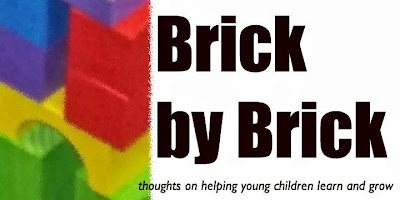Chapter 12: In Defense of Active Learning
For a while, I worked in a publishing company with a lot of other folks. Periodically our company would upgrade software or systems. A lot of people would need to know about the new system and how to use it. So the company would schedule training sessions.
Often these sessions consisted of a large group of people sitting in a room watching someone talk about the features and how to do it while clicking things on screen. While this may be a way to disseminate information to a lot of people in an efficient way, it was not an effective way for me to learn what to do with the new system. The best way for me to know what to do and how to do it was to play with the system on my computer. Working my way through examples and trying new things.
Rae Pica talks about these two types of learning in this chapter. Explicit learning (hearing something) and implicit learning (doing something) are both used in classrooms today. However, there is a lot less doing, active learning, than in the past. But discovery and exploration yield more lasting and mor meaningful learning than hearing or reading information. Rae reminds us that movement is the young child's preferred mode of learning and we should use that preference as a way to teach. That is most effective.
One example she gives: a preschool teacher conducted a mock lesson on kiwi fruit with parents. Half of the parents were told about kiwis and given an coloring sheet with brown and green crayons. The other half took a field trip to the hallway and explored a tree with kiwi; they could explore the fruit with their senses. The latter group left with greater understanding of kiwis. Experience and exploration gave much more meaning than listening.
I had a similar experience when I moved to Tennessee. My first fall season, I saw trees begin to change to vibrant reds and yellows and oranges. I had learned about fall when I was a kid. I had seen pictures of colorful trees. I had seen people in movies walk along colorful avenues in autumn. But my home in Texas did not have this type of fall. So I "knew" about fall as a season but that was it. In Tennessee I experienced it. That first year, my wife and I drove around the town, looking for different colored trees. We compared how they looked. We gathered a few leaves and pressed them in books to save. I really knew about fall leaves when I experienced and explored it.
How can we give learning opportunities to kids? How can we actively involve them in whatever we are teaching? How can we use their preferred mode of learning--movement--to make those learning connections?
Rae has challenged me to look for ways to make all kinds of learning experiential and active. And maybe to start dreaming again.
Some links from the book---
- Identifying and Nurturing the Intelligence of Movement
- Making Stories Come Alive
- Bringing the Body to Digital Learning
And a few more---


